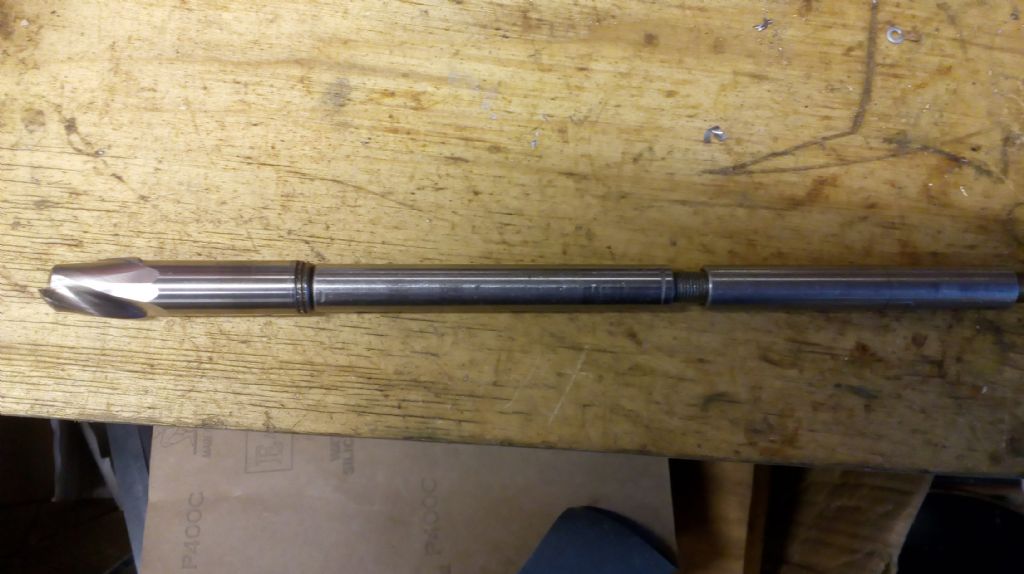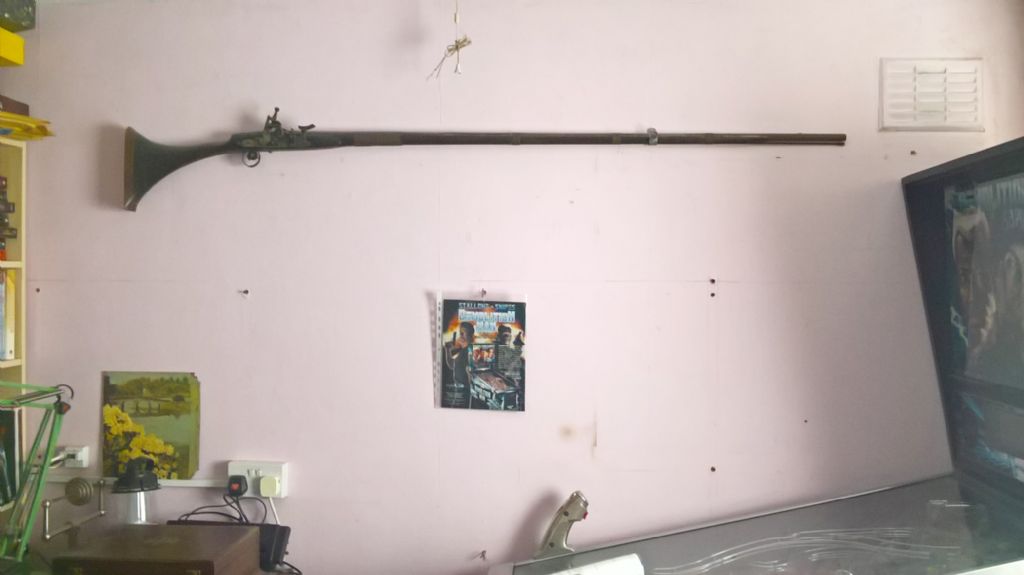Posted by Mick B1 on 12/09/2022 10:19:12:
…
I've always thought that paper – and especially cloth – cartridge residue was what posed the main risk of embers.
…
Artillery is much more my thing than small-arms, but the risk being due to burning cartridge residue is my understanding too. It's more likely to happen in a big gun than a small one because big cartridges, actually bags, have to be made of thicker stronger material. And it gets worse the more the gun is fired, because the barrel can heat up enough to ignite the powder on it's own.
It was usual to worm-out and then swab muzzle-loading cannon with a wet sponge before reloading:

A decent description of the drill here. It starts by saying: Having a musket load cook off on you is a nuisance. Toasted fingers, a bit of a scare, but a little Bactine and you're all right. Cannon charges start around a quarter-pound of powder, and go up from there…
Note the need for the cannon's vent (touch-hole) to be sealed with a thumb while the charge is inserted. One of my US Civil War books mentions hot cannon commonly fired as soon as the thumb was lifted off, presumably because the powder was cooking and an ember was in the chamber.
Gunpowder has caused a huge number of accidents because it ignites easily at low temperature – about 250°C.
I think it was Marshal Saxe who first commented that his army needed about a million musket cartridges to kill one enemy! That means there must have been a fair number of own-goals due to accidents, but I've never seen any statistics. In modern times it's known that pistols issued to the military cause far more damage to the home team than they do to the enemy, but they're retained for symbolic and morale reasons. Perhaps it's easier to imagine the possibility of a heroic Hollywood style personal encounter than an invisible artillery observer sending your map reference to a battery of field guns 5 miles away…
Dave
Clive Hartland.








